Native American boarding school records reveal hidden truths
In a research room at the Pacific Alaska Region National Archives in Seattle, Denise Lajimodiere suddenly broke into sobs.
Reviewing documents that illuminated her late father Leo's boarding school experience at Chemawa Indian Training School in Salem, Oregon, she found herself scrolling through report cards and disciplinary records. Then came the heartbreaking letters sent to school officials from the old Cree couple that had raised Leo in his parents' absence until he was taken away and put on a train to the West Coast.
“They were, like, ‘Leo was sick when he left. How’s he doing?’ and, 'Did he receive his Christmas package?'” recalled Lajimodiere, an enrolled citizen of the Turtle Mountain Band of Chippewa in North Dakota and retired professor of education at North Dakota State University.
Lajimodiere’s mother, uncle and grandfather had all been sent to Native American boarding schools too, and like her father, spoke little of their experiences. But tracking down documents that could provide details proved challenging and time-consuming: The records were all over the place – in archives, at universities, at churches or historical societies nationwide.
A newly launched digital archive of materials chronicling the era of Native American boarding schools, referred to as Indian boarding schools in the archive, could ultimately alleviate such challenges for boarding school survivors, their descendants and researchers. Staff of the National Native American Boarding School Healing Coalition, known as NABS, have spent four years compiling and digitizing records from around the country.

The materials, which include documents, photographs, letters and oral histories previously accessible only by arranged visits to the geographically scattered sites where they are kept, offer a more complete picture of the experiences of those who attended such schools and the reasons their effects continue to reverberate.
“This initiative marks a significant milestone in NABS’ commitment to truth, healing and justice,” said coalition CEO Deborah Parker, a member of the Tulalip Tribes of Washington, in a post announcing the launch. “By making these records accessible, we are taking a big step toward honoring the history and strength of Native peoples and building a more just and equitable future.”
Besides a comprehensive list and description of boarding schools and Native American tribes, the National Indian Boarding School Digital Archive so far offers access to records from nine boarding schools, including Chemawa; Carlisle Indian Industrial School in Carlisle, Pennsylvania; Cushman Indian School in Tacoma, Washington; and Pipestone Indian School in Pipestone, Minnesota.
Users can also find documents such as court records and student files or access items scanned from Quaker collections at Swarthmore and Haverford Colleges in Pennsylvania.
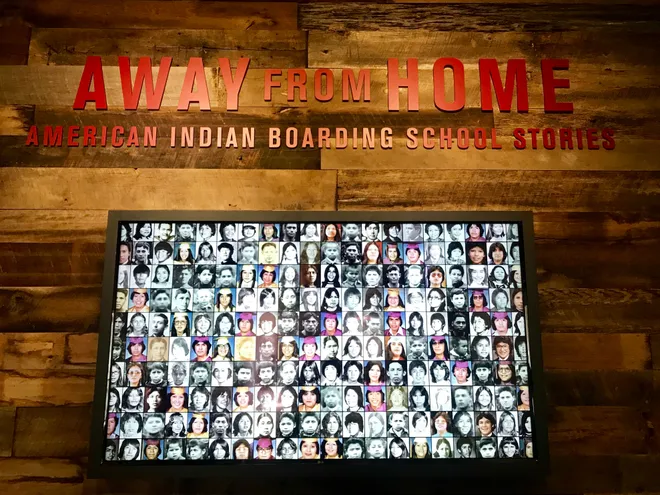
Lajimodiere, among the coalition's founding members and North Dakota’s poet laureate, found some of her mother’s boarding school records in Kansas City, Missouri, but others remained unattainable; she spent a week leafing through 35 boxes of dusty files at Marquette University in Milwaukee seeking evidence of her mother’s attendance at a South Dakota boarding school.
Not everyone has the ability to travel the country tracking down such documents, she realized. That’s one reason the archive has the potential to be so beneficial.
“There seems to be a strong need for people like me, their children and grandchildren, to know more about what their family members went through,” Lajimodiere said. “Finding these records is part of the healing.”
What did Indian boarding schools do?
More than 500 federally funded Indian boarding schools operated in the U.S. throughout the 19th and 20th centuries, many run by religious denominations that contracted with the government, the coalition said. Their locations can be found on an interactive digital map NABS produced in partnership with the National Centre for Truth and Reconciliation.
“Indian children were forcibly abducted by government agents, sent to schools hundreds of miles away and beaten, starved or otherwise abused when they spoke their Native languages,” the coalition notes on its website. Many died – of mistreatment, of disease, of loneliness.
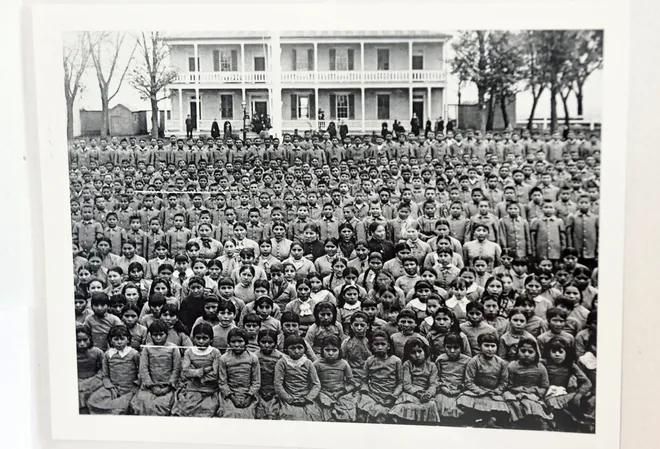
The goal was to erase their Indigenous identities while preparing them for menial jobs in American society. The most influential and well-known of these schools was Carlisle Indian Industrial School, a military-style institution launched in 1879 that inspired subsequent schools with the motto declared by its founder, Brig. Gen. Robert Henry Pratt: “Kill the Indian in him, save the man.”
Students were stuffed into overcrowded dormitories and classrooms, and many suffered physical, sexual, cultural and spiritual abuse and neglect.
Lajimodiere said her uncle attended a school where nuns beat Native American kids with an inner tube for the slightest infraction. Her mother was locked in a closet for not speaking English.
“It was forced assimilation," she said.
A Native American Rights Fund report released in 2019 cites Rainy Mountain boarding school in southwest Oklahoma’s Kiowa-Comanche-Apache Reservation, which opened in 1893 with capacity for 50 students; two decades later it swelled with 160 despite no additional living space.
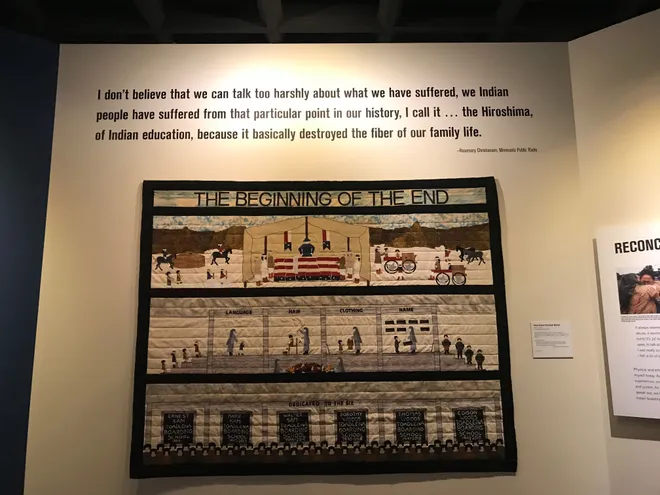
By 1916, 163 of Rainy Mountain’s 168 students had been diagnosed with trachoma, an infectious eye disease, after the Office of Indian Affairs refused to repair the school’s water system, the report said.
“Sadly, these circumstances were not unusual for a reservation boarding school,” the authors wrote.
By 1925, they said, more than 60,000 Indigenous children had been placed in such schools, representing 83% of all Native American school-age kids.
Archive offers insight into Quaker boarding school tactics
Locating, access and digitizing records of these schools is a laborious process.
"I often say that I could work my entire life to digitize these records with a full team and we would barely scratch the surface of materials," said Fallon Carey, the archives' interim manager.
Lajimodiere said efforts and resources toward the archive project intensified after the reported discovery in 2021 of what was believed to be more than 1,000 Native American children’s remains in unmarked graves on the grounds of several Canadian residential schools for First Nations students. The claims prompted U.S. Interior Secretary Deb Haaland, a member of the Laguna Pueblo whose grandparents went through the boarding school system, to launch an investigation into the enduring effects of U.S.-funded Indian boarding schools.
Among the materials being scanned for the archive are more than 20,000 documents related to Quaker-run schools stored at Swarthmore and Haverford Colleges, an effort funded by a $124,000 grant from the National Historical Publications and Records Commission.
The documents describe Quaker policies of educating and working with Indigenous people and include records of Quaker organizations that funded or provided textbooks to boarding schools in addition to correspondence or journals kept by teachers and school supporters.
The records are split between the two colleges because of a 19th-century schism in the denomination, said Celia Caust-Ellenbogen, associate curator of Swarthmore College’s Friends Historical Library.
“Even though these records are told from a Quaker point of view, they offer tantalizing glimpses into the experiences of Indigenous children and evidence of the harm caused by the forced assimilation tactics of these schools,” Caust-Ellenbogen said.
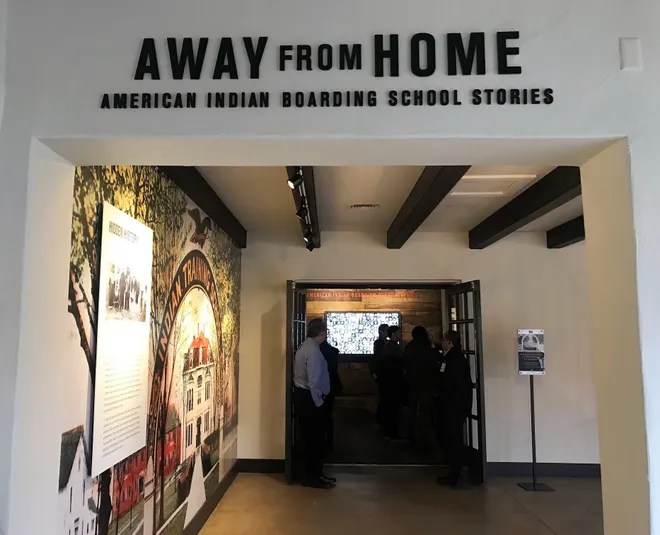
Among the benefits of the archive, she said, is that users will be able to view such materials in the context of others, like oral histories, that make them more useful to Indigenous people researching the histories of their communities.
Sarah Horowitz, Haverford College’s curator of rare books and manuscripts and head of Quaker and special collections, said the archive’s benefits go beyond simply having such records in a centralized place by also removing the geographic and cultural barriers that might stand in the way.
“Having materials available digitally allows people to consult potentially triggering or upsetting materials in a private or supportive space, rather than one that may be unfamiliar to them,” Horowitz said.
Effects of Indian boarding schools still reverberate
While the U.S. Bureau of Indian Affairs, in partnership with tribes, still operated more than 180 elementary, secondary and residential schools in 23 states as of 2018, the Native American Rights Fund notes the identities of those schools have changed. Gone are the paternalism and colonialism of decades past, replaced by “a worldview that acknowledges the inherent rights of Native people to lay claim to their tribal and personal histories.”
Nonetheless, the repercussions of their predecessors linger today. Households were destroyed, some mourning parents drowned their grief in alcohol, and assimilated children returned to their communities as strangers while others never returned at all.
By the time Lajimodiere’s father returned from boarding school four years later, the old couple that had raised him had passed away. She’s since interviewed boarding school survivors around the U.S., from Oklahoma City to Minneapolis to Anchorage, Alaska.
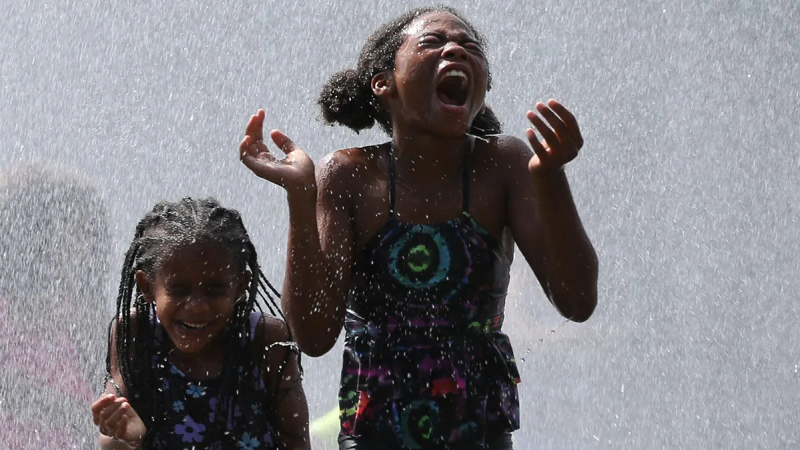
She finds many elders have what she calls unresolved grief, relating experiences they’ve never shared with anyone before.
“One elder said she hadn’t told anyone until she visited with me,” Lajimodiere said. “She said, ‘When was I going to talk about sexual abuse? At Thanksgiving dinner?’ It’s still impacting them today.”
Disclaimer: The copyright of this article belongs to the original author. Reposting this article is solely for the purpose of information dissemination and does not constitute any investment advice. If there is any infringement, please contact us immediately. We will make corrections or deletions as necessary. Thank you.







